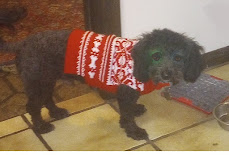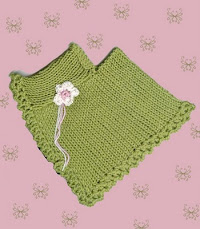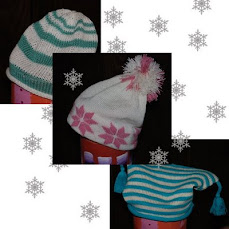I knew I wanted a quilt that was about 36" x 48". DAK presents each stitch as a rectangle so I pretended they were square. I don't know if you can change that. So I needed squares that measure
3 1/2" inches to allow for the 1/4" seams and that determined how many "stitches" I would fill in.
12 squares wide and 15 squares long were what was needed counting the borders. I left all the default colors in the palette in place so I'd have enough to choose from to make the pluses stand out. Depending on the pattern being designed, a person could choose just those colors to match the fabric that would be used.
This might sound elementary to you or maybe even stupid (!) but it helped me see where the squares need to be placed to get the off- set pluses. Here's what I got:
DAK wouldn't let me print out the design as is because it was too many colors for fairisle. But by going Options, knitting method, intarsia and saving it that way, DAK would print. However, I needed to use the single tool to enlarge the pattern to 200% to make it useful. This is printable this way. One nice thing is that DAK numbers the columns. Another help in placing your plus blocks. After the design is printed, you could number the blocks to match the fabric being used.
The picture shown here was a screen shot of the design in DAK and copied to the Paint program. Any image processing program could be used. You can also copy the design to the clipboard right from DAK and paste it. The nice thing about Paint is that it is simple to use, most all pc's have the program and you can resize the picture as large as you need it.
From this point, a person would figure out the 9 patch blocks and draw them in. It seems to me that there's no easy way to do this... but then again, maybe it's my little "problem" rearing its head again. You could do your 9 patches this way:
just pluses or horizontal strips???
I guess I should go hunting on YouTube and find out the best way to do this. At least now I know what the crosses are supposed to look like. Some quilt patterns are just not going to work, though.
Especially those with half square triangles. But lots will work. Maybe it can help you too.











































































